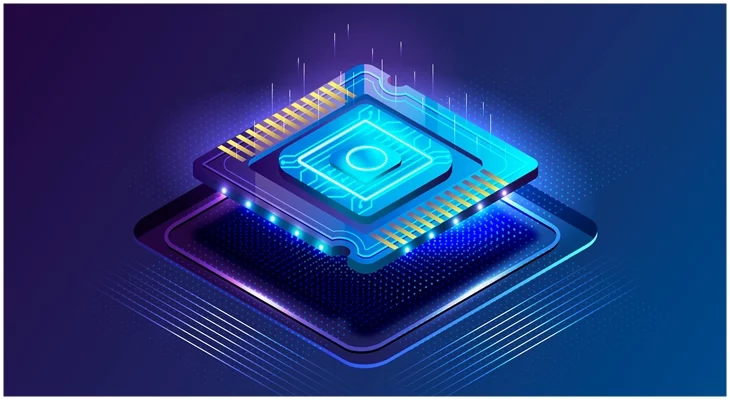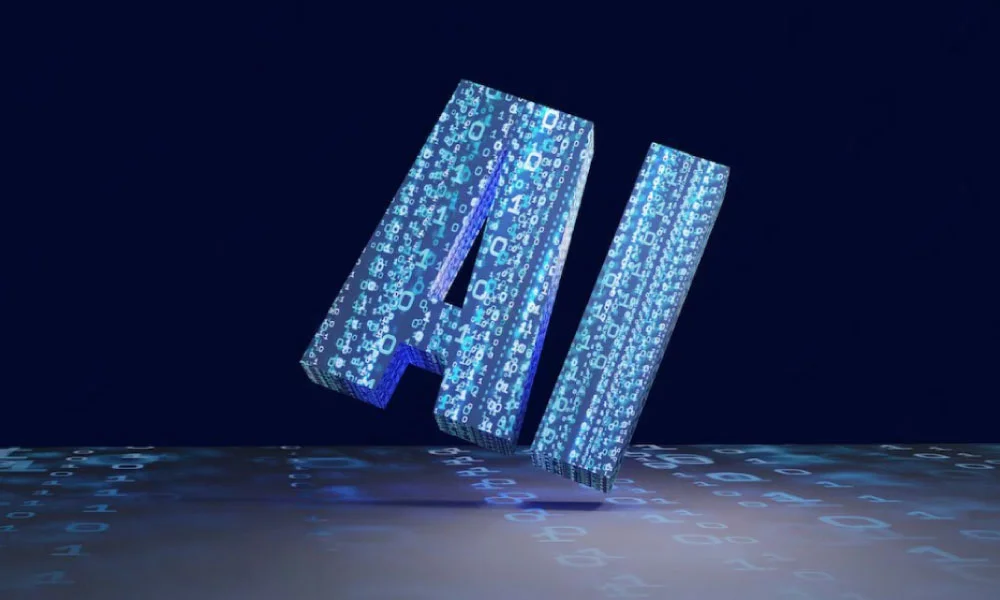Arduino or Raspberry Pi for Internet of Things
Choosing the right development board, whether it's an Arduino or Raspberry Pi for Internet of Things, can add a lot of value to your company. It would reduce power consumption, reduce developer hours, increase uptime, and more.
Adruino is a single-board microcontroller created in the early 2000s in Italy. It aims for prototyping and device connectivity. Also, it is still available as open-source hardware and software.
Later, the Raspberry Pi was released as a tool for teaching basic computer science. It's a full-featured computer, albeit a small one. Its componentry varies from model to model. But, it has its own processor, memory, and graphics processing unit.
Arduino: Introduction
Arduino is an open-source electronics platform. It uses simple hardware and software to make it easy to use. Inputs can be read by Arduino boards. They can detect light on a sensor, a finger on a button, or a Twitter message, among other things. They then use it to create an output, such as turning on a motor, turning on an LED, or publishing something on the internet. By sending a set of instructions to the board's microcontroller, you can tell it what to do. The Arduino programming language and the Arduino Software help to do this.
Thousands of projects have used Arduino over the years. The projects range from simple household items to complex scientific instruments. The contributions of students, hobbyists, artists, programmers, and professionals have added up to an incredible amount of accessible knowledge. This knowledge can be of great help to both novices and experts.
At the Ivrea Interaction Design Institute, Arduino was discovered as a simple tool for rapid prototyping. It aims at students with no prior experience with electronics or programming. As soon as it gained a larger following, the Arduino board began to evolve. It had to evolve to meet new needs and challenges. It evolved from simple 8-bit boards to products for IoT, wearables, 3D printing, and embedded environments.
Raspberry Pi: Introduction
The Raspberry Pi is a small, low-cost computer. It is the size of a credit card that connects to a computer or television and uses a standard keyboard and mouse. It's a capable little device. It allows people of all ages to learn about computers and programming languages like Scratch and Python. It can do everything a desktop computer can. Also, It can browse the internet and play high-definition video. It can also use spreadsheets, word processing, and gaming.
Furthermore, the Raspberry Pi can communicate with the rest of the world. It's applied in everything from music machines to parent detectors to weather stations in digital maker projects.
The Raspberry Pi Foundation is a UK charity. It aims to educate people in computing and make computing education more accessible. It has created a series of single-board computers known as the Raspberry Pi.
People use the Raspberry Pi all over the world to learn to program, build hardware projects and automate their homes. It also installs Kubernetes clusters and Edge computing, and even uses them in industrial applications.
The Raspberry Pi is a low-cost computer that runs Linux. It includes a set of GPIO (general purpose input/output) pins. These pins control electronic components and experiment with the Internet of Things (IoT).
Arduino for Internet of Things
Arduino is a single-board microcontroller that can run only one program at a time. Locking and unlocking a door, turning on or off a light, or even reading a temperature are some examples. It also reports this data via email, text, or Slack are all examples of this.
Arduino boards do not come with an operating system. IoT developers write C code in a specific way, compile it, and run it on hardware.
As a result, manual coding is required for functions performed by operating systems, such as memory management, multi-tasking, I/O interruptions, and others.
This makes integrating Arduino boards into IoT applications more time-consuming. But, the benefits may be worth the effort. Not having an operating system results in lower hardware costs and lower power consumption. Arduino boards are also easy to maintain. They are also less likely to fail because they have fewer moving parts.
Arduino is the best choice for IoT applications that are simple in nature. Using Arduino for IoT projects as a basic development board can reduce the amount of maintenance and upkeep required.
Raspberry Pi for Internet of Things
A Raspberry Pi is a single-board computer (SBC). It has its own memory and processor. It can perform tasks like those performed by larger computers and laptops. These general-purpose computers usually use Linux. They can run multiple programs at the same time. They show more multi-tasking functionality than Arduino development boards. Also, Android, Windows 10, and Firefox OS can function on Raspberry Pi microcomputers.
Developers can use familiar toolchains, frameworks, and programming languages with Raspberry Pi. This increases operational flexibility and lowers entry barriers.
Furthermore, Raspberry Pi microcomputers are the faster of the two. This makes them an ideal partner for any data-intensive application.
Raspberry Pi IoT applications are best suited for tasks that need multiple functions at the same time. This could include gathering location data from a mobile asset, sending it to the cloud, and sending an email if it leaves the designated boundaries.
Interfacing a Raspberry Pi with sensors and other devices may need installing software. Also, it may need connecting external devices. These devices can be a keyboard or mouse because it is a microcomputer with a dedicated processor and memory.
In contrast, once an Arduino gets programmed, it will start running as soon as it gets powered up. This allows IoT developers to prototype their projects without having to wait for the software to install.
The Comparison of Arduino or Raspberry Pi for Internet of Things
Expansion
Both Arduino and Raspberry Pi boards have expansion capabilities. It helps to add features and functions to the system besides the original components. This is where another significant distinction between these boards emerges.
Shields are boards installed on top of the main board using standard pin headers. Shields allow for the addition of features such as GPS, SD card, Ethernet Internet connection, LCD display, and so on.
More than one shield can be placed on top of each other as long as they are properly connected. The hardware becomes a little bulky and loses its portability.
Raspberry Pi includes many of the features found on the original board. Media and audio input/output, multiple connectivity options, an SD port, and other features are included in the latest Raspberry Pi models. Extra modules and accessories, such as a camera, display, and expansion boards can be added.
Connectivity
When building an IoT system with Arduino or Raspberry Pi boards, connectivity is the most important feature. The latest Raspberry Pi models come pre-installed with WiFi. They also have Bluetooth and Ethernet connectivity with adequate speed and processing power. This is enough to handle video and audio data.
To add basic connectivity options like WiFi, GPS, or Bluetooth, Arduino requires shields or modules. It's not difficult and only requires a few steps. With a special module, LoRa, one of the most popular LPWRN options in IoT, can easily connect to both Pi and Arduino.
Power Supply
Raspberry Pi and Arduino are low-power devices. Both get power from an external source. MicroUSB or general-purpose I/O headers find application in the case of Pi. The voltage range is 5V.
Arduino boards have a greater degree of flexibility. The recommended voltage range is 7-12V, and most power is supplied via USB ports.
Storage
Memory storage may not be the most important factor. Especially when comparing an Arduino board to a Raspberry Pi for a simple single-action IoT application. If your IoT device is multifunctional, yet, it may need a lot of RAM.
Arduino has enough memory to run a simple execution code as a microcontroller. The Arduino UNO, for example, has only 32 KB of flash memory and 2 KB of SRAM.
Because Pis are small computers, they have a lot more memory. The latest models have up to 8GB of SDRAM. It’s enough to run multiple functionalities for a more complex IoT system.
Programming
Raspberry Pi programming runs on the Raspberry Pi Foundation's Rasberian OS. But, it can also run on third-party operating systems such as Linux, Android, and Android Things. These OSs have special design for IoT projects. Programming languages, including Python, C/C+, and Scratch, work with Raspberry Pi to create IoT projects.
Arduino does not have its own operating system. But it does have an Arduino IDE (integrated development environment). It is cross-platform and includes many free software libraries. It also has a code editor for faster and easier programming. C/C+ has support of the environment. Essentially, any programming language can be used to create Arduino functionality.
Conclusion
Arduino finds application in systems that perform simple repetitive tasks that need only one action at a time. Often, Arduino will be a more cost-effective and time-consuming solution than Pi.
The Raspberry Pi, which is faster and more powerful than Arduino, can multitask and run more complex functions. It entails playing media, performing calculations, and collecting various parameters. Raspberry Pi is the right choice if an IoT system needs to:
- Collect data from multiple sensors
- Pull data from the Internet
- Connect to a smartphone, and,
- Display a complex output
Still choosing between Arduino or Raspberry Pi for the Internet of Things can be difficult for your project. We would recommend you to reach out to professionals who provide IoT software development services.
You may also like to read:
Security Issues Concerning IoT and Their Solutions
Best Security Solutions for Hyperconnectivity and the internet of things(IoT)





